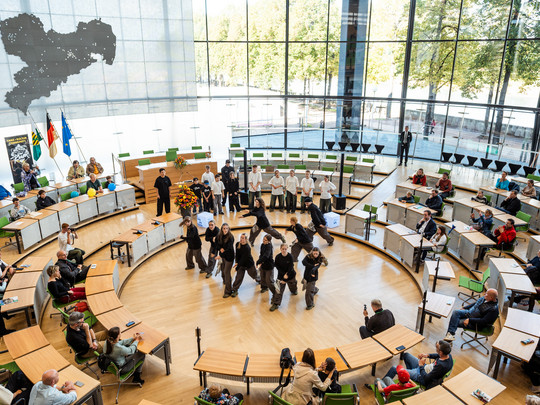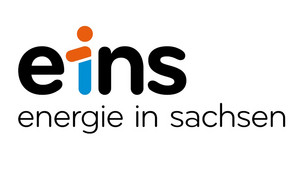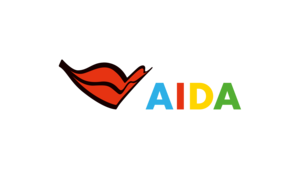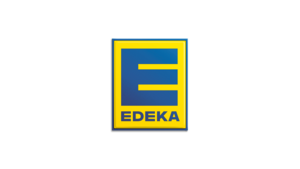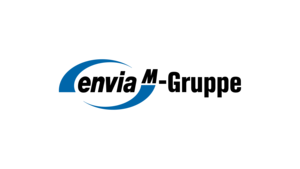Moving sounds
A series of events celebrating the diversity of the concertina, the bandoneon and the Argentine tango


Anyone who wanted to get to know the concertina better could find examples of it in various museums in the city of Chemnitz. There was also a themed tour of the city that centred exclusively on the instrument, its inventor and its relationship to the city. However, it was even nicer to experience the concertina or its successor, the bandoneon, live in action during one of the many concerts.
Those with a passion for tango could dance it during one of the 50 or so milongas in the Braunsdorf show weaving mill, the Chemnitz Industrial Museum or other places of industrial culture - or travel directly to the Tango Argentino Festival in Chemnitz, which took place from 27 May to 1 June 2025 and brought all of this together. There they also experienced a dance tour of the city, a tango church service and an excursion to Waldheim and Carlsfeld, the historical production sites of the bandoneon.
Festival Tango Argentino:
When: 28 May to 1 June 2025
Where? Chemnitz, Chemnitz Industrial Museum
Place of interest
Tango Argentino is characterised by the bandoneon, an instrument that European migrants brought to the harbour taverns of Uruguay and Argentina around 1870. In the border region along the Río de la Plata, different musical styles mingled. Those that African slaves had brought to the plantations of Uruguay and those that the Spanish colonisers introduced to Argentina. Experts argue about whether Bohemian polka also influenced the tango. The instrument from which the bandoneon developed, the German concertina, originated in this region. Its origins have a rich and ramified history, which has not yet been fully analysed scientifically. Part of this history comes from Carl Friedrich Uhlig, who is credited with inventing it in Chemnitz in the 1830s and who first built and presented it to the world in 1834. A very similar instrument was created in England at the same time, but the two inventors were unaware of each other.
In Saxony (Chemnitz, Waldheim and Carlsfeld), an instrument with more keys and registers was expanded and further developed. The Krefeld instrument dealer Heinrich Band gave the new instrument its name: Bandoneon. The more than 50,000 instruments exported to Latin America by the Carlsfeld company Alfred Arnold "AA" from the Ore Mountains are still legendary today and the musical soul of Tango Argentino. However, nothing in Chemnitz commemorates this world-shaking connection. No monument, no landmark.
